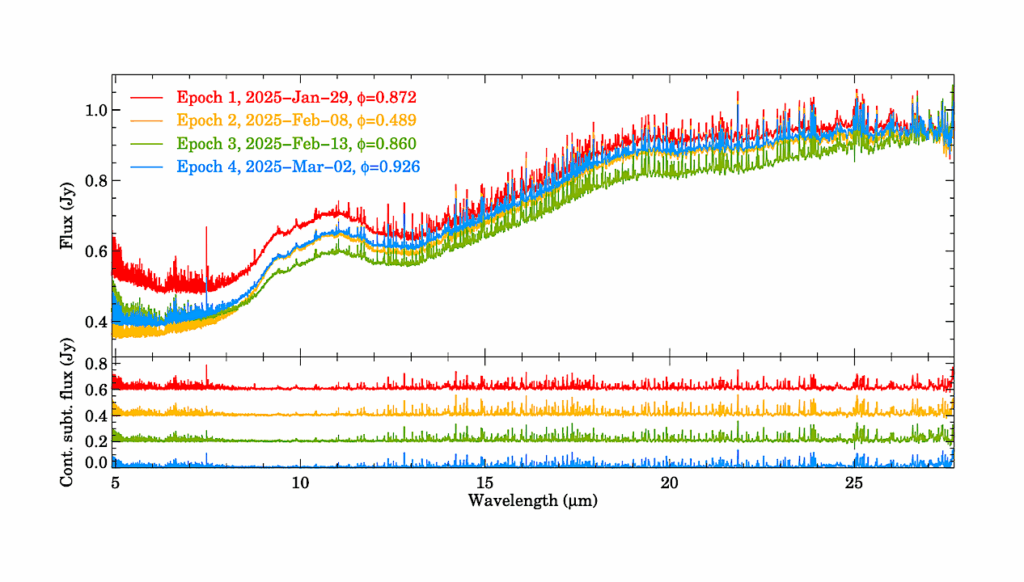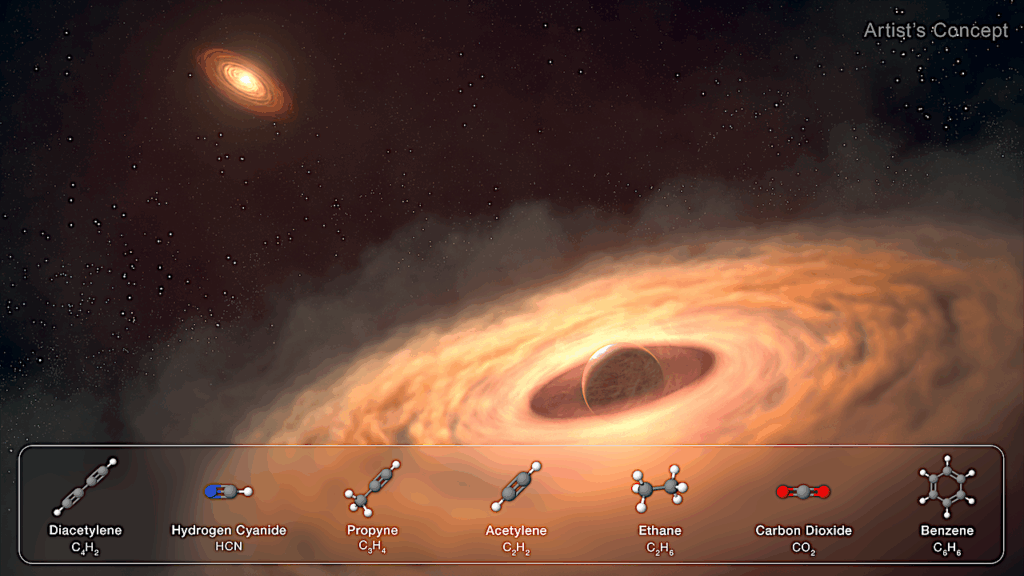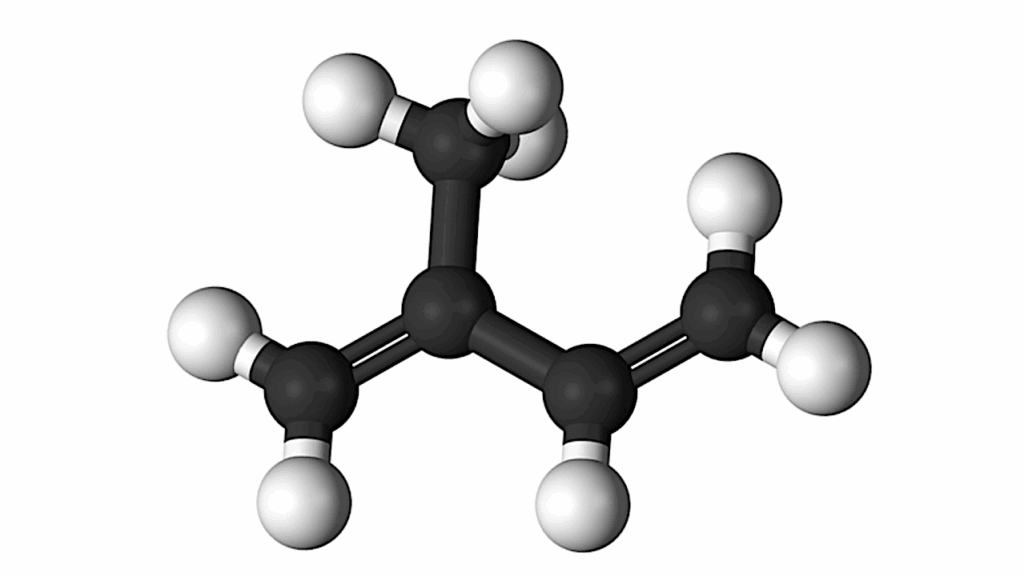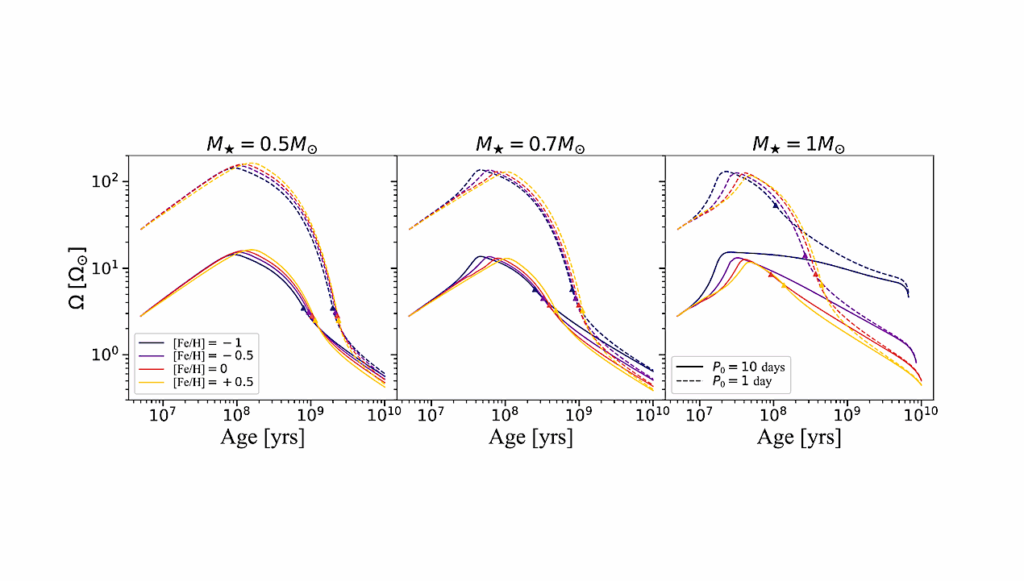H2CN/H2NC Abundance Ratio: A New Potential Temperature Tracer For The Interstellar Medium

The H2NC radical is the high-energy metastable isomer of H2CN radical, which has been recently detected for the first time in the interstellar medium towards a handful of cold galactic sources, besides a warm galaxy in front of the PKS 1830-211 quasar.
These detections have shown that the H2CN/H2NC isomeric ratio, likewise the HCN/HNC ratio, might increase with the kinetic temperature (Tkin), but the shortage of them in warm sources still prevents us to confirm this hypothesis and shed light about their chemistry. In this work, we present the first detection of H2CN and H2NC towards a warm galactic source, the G+0.693-0.027 molecular cloud (with Tkin>70K), using IRAM 30m observations.
We have detected multiple hyperfine components of the NKaKc=101−000 and 202−101 transitions. We derived molecular abundances with respect to H2 of (6.8±1.3)×10−11 for H2CN and of (3.1±0.7)×10−11 for H2NC, and a H2CN/H2NC abundance ratio of 2.2±0.5. These detections confirm that the H2CN/H2NC ratio is ≳2 for sources with Tkin>70K, larger than the ∼1 ratios previously found in colder cores (Tkin∼10K).
This isomeric ratio dependence with temperature cannot be fully explained with the currently proposed gas-phase formation and destruction pathways. Grain surface reactions, including the H2NC→H2CN isomerization, deserve consideration to explain the higher isomeric ratios and H2CN abundances observed in warm sources, where the molecules can be desorbed into the gas phase through thermal and/or shock-induced mechanisms.
David San Andrés (1 and 2), Laura Colzi (1), Víctor M. Rivilla (1), Juan García de la Concepción (3 and 4), Mattia Melosso (5), Jesús Martín-Pintado (1), Izaskun Jiménez-Serra (1), Shaoshan Zeng (6), Sergio Martín (7 and 8), Miguel A. Requena-Torres (9 and 10) ((1) Centro de Astrobiología (CSIC-INTA), Torrejón de Ardoz, Madrid, Spain, (2) Facultad de Ciencias Físicas, Universidad Complutense de Madrid, Madrid, Spain, (3) Departamento de Química Orgánica e Inorgánica, Facultad de Ciencias, Universidad de Extremadura, Badajoz, Spain, (4) IACYS-Unidad de Química Verde y Desarrollo Sostenible, Facultad de Ciencias, Universidad de Extremadura, Badajoz, Spain, (5) Scuola Superiore Meridionale, Naples, Italy, (6) Star and Planet Formation Laboratory, Cluster for Pioneering Research, RIKEN, Hirosawa, Wako, Saitama, Japan, (7) European Southern Observatory, Vitacura, Santiago, Chile, (8) Joint ALMA Observatory, Vitacura, Santiago, Chile, (9) University of Maryland, College Park, USA, (10) Department of Physics, Astronomy and Geosciences, Towson University, USA)
Comments: 12 pages, 5 figures, 3 tables, 2 appendix – Accepted for publication in Monthly Notices of the Royal Astronomical Society
Subjects: Astrophysics of Galaxies (astro-ph.GA)
Cite as: arXiv:2305.04611 [astro-ph.GA] (or arXiv:2305.04611v1 [astro-ph.GA] for this version)
https://doi.org/10.48550/arXiv.2305.04611
Focus to learn more
Submission history
From: David San Andrés
[v1] Mon, 8 May 2023 10:43:30 UTC (426 KB)
https://arxiv.org/abs/2305.04611
Astrobiology, Astrochemistry








